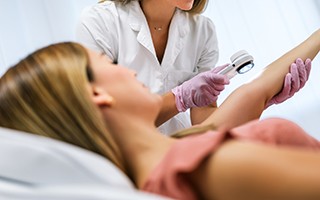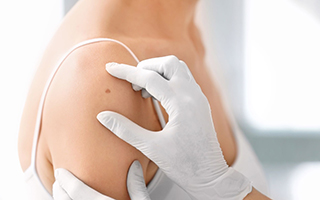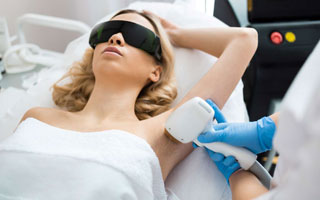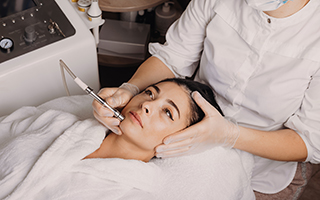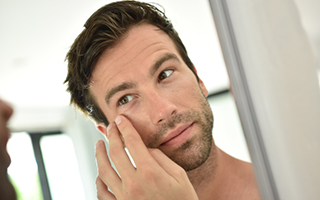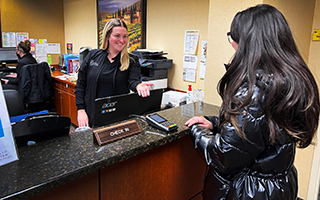Skin cancer is closely linked to sun exposure. There is no such thing as a safe tan! Studies have also shown that tanning beds are associated with an increased risk. Just say no! Furthermore, UV rays are responsible for accelerated photo-aging of your skin. You can protect your skin like a pro with these easy and effective steps for summer skin care from Philadelphia-area dermatologist Victoria A. Cirillo-Hyland, MD.
1. Slip on sun-protective clothing: UV-protective clothing has been shown to be one of the most practical and effective barriers against sun rays. In exploring options for sun-protective clothing, look for pieces that cover as much skin as possible. Closely weaved fabrics typically provide better protection as they have higher UPF ratings.
2. Slop on the sunscreen: While no sunscreen can guarantee zero penetration of UV rays, they can greatly minimize the amount that gets through. Always use a water-resistant, broad-spectrum sunscreen with an SPF of at least 30 and remember to reapply every 2 hours. In order to cover your entire body, you will need a shot glass full of sunscreen. Dr. Cirillo-Hyland emphasizes these other important aspects of using sunscreen:
· Active sunscreen ingredients can lose their potency over time and when exposed to the sun. Thus, you should check that the sunscreen hasn’t passed its expiration date, and you should not leave your sunscreen in a hot car or exposed to direct sunlight at the pool, beach, or golf course.
· Remember to apply your sunscreen before you get dressed. You will be less likely to miss areas if you use this technique. Chemical sunscreens take approximately 30 minutes to be effective while physical sunscreens such as zinc oxide and titanium dioxide work immediately after application.
· Do not rely only on SPF in your makeup to protect your facial skin. Foundations with SPF are great for every day wear, but are typically not made to be as water-resistant as other sunscreens. You can always apply foundation over sunscreen. Just remember the SPF numbers are not additive. For example, if your foundation has an SPF of 15 and the sunscreen you applied first has an SPF of 30, the total SPF is 30 not 45.
3. Slide on the sunglasses: UV radiation can also damage your eyes. Approximately 10 percent of all skin cancers occur on the eyelids, and other ocular problems, such as cataracts and macular degeneration, are associated with extended sun exposure. Sunglasses labelled with UV 400 offer the best protection, and close-fitting or wraparound pairs are the best at limiting the amount of UV rays that pass through their sides and tops. Note that the darkness of the lenses has nothing to do with how protective they are.
4. Slap on a hat with a wide brim: Broad-brimmed hats adequately cover the face, ears, and the front and back of the neck. Baseball-style caps leave the ears and neck exposed. Look for hats with a UPF rating of 50.
5. Seek the shade: Seeking the shade is an effective sun protection measure, especially between 10am and 3pm, when sun rays are at their strongest. Babies under the age of six months should be in the shade at all times.
The “slip, slop, slide, slap, seek” recommendations are internationally endorsed by skin cancer prevention organizations, and will additionally prevent your skin from aging at an accelerated rate. Dr. Cirillo-Hyland and her team regularly educate patients on sun protection, as well as other techniques that can keep their skin looking and feeling its best.
To learn more about sun protection and other skin care treatments that can improve sun damage, request a consultation at the Cirillo Institute, located on the Main Line with offices in Bryn Mawr and Newtown Square. Call 610.525.5028 for medical dermatology and 610.525.5029 for cosmetic dermatology, or contact the Institute online.


-updt.png)


